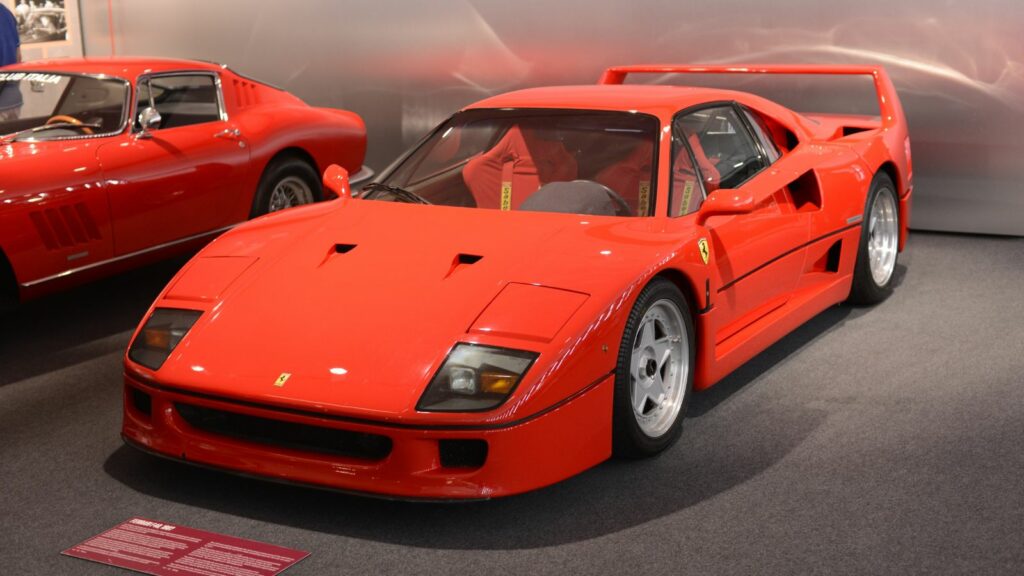There are sports cars, and then there are legends. The former might turn a few heads at a stoplight, but the latter? They ignite passionate debates among enthusiasts, dominate racetracks, and leave an indelible mark on automotive history. These machines aren’t just fast—they’re icons on the track and the open road. These 12 sports cars have transcended mere transportation to become legendary.
Mazda RX-7 (FD3S)
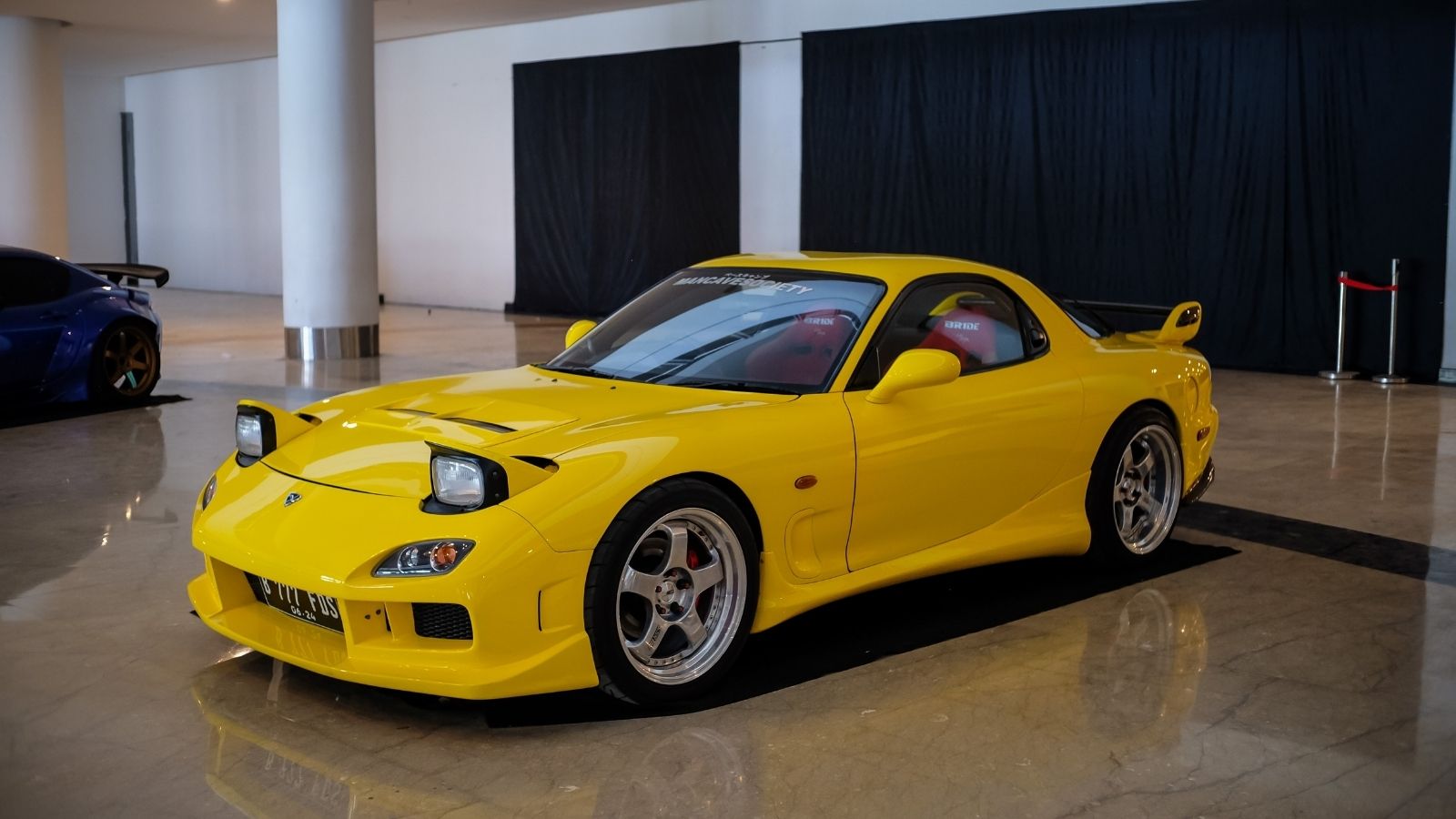
The Mazda RX-7, with its sleek curves and pop-up headlights, may look like it’s ready to take you to prom in the 90s, but don’t let its innocent looks fool you. Under the hood lies the heart of a beast: the rotary engine. The FD3S generation RX-7 wasn’t just another pretty face but a bona fide track weapon. Its lightweight design, near-perfect weight distribution, and turbocharged rotary engine made it a favorite among racers and tuners. While it might not have the cult status of a Supra, the RX-7 was a giant killer on the track, leaving many high-end exotics in its rearview mirror.
Nissan 300ZX (Z32)
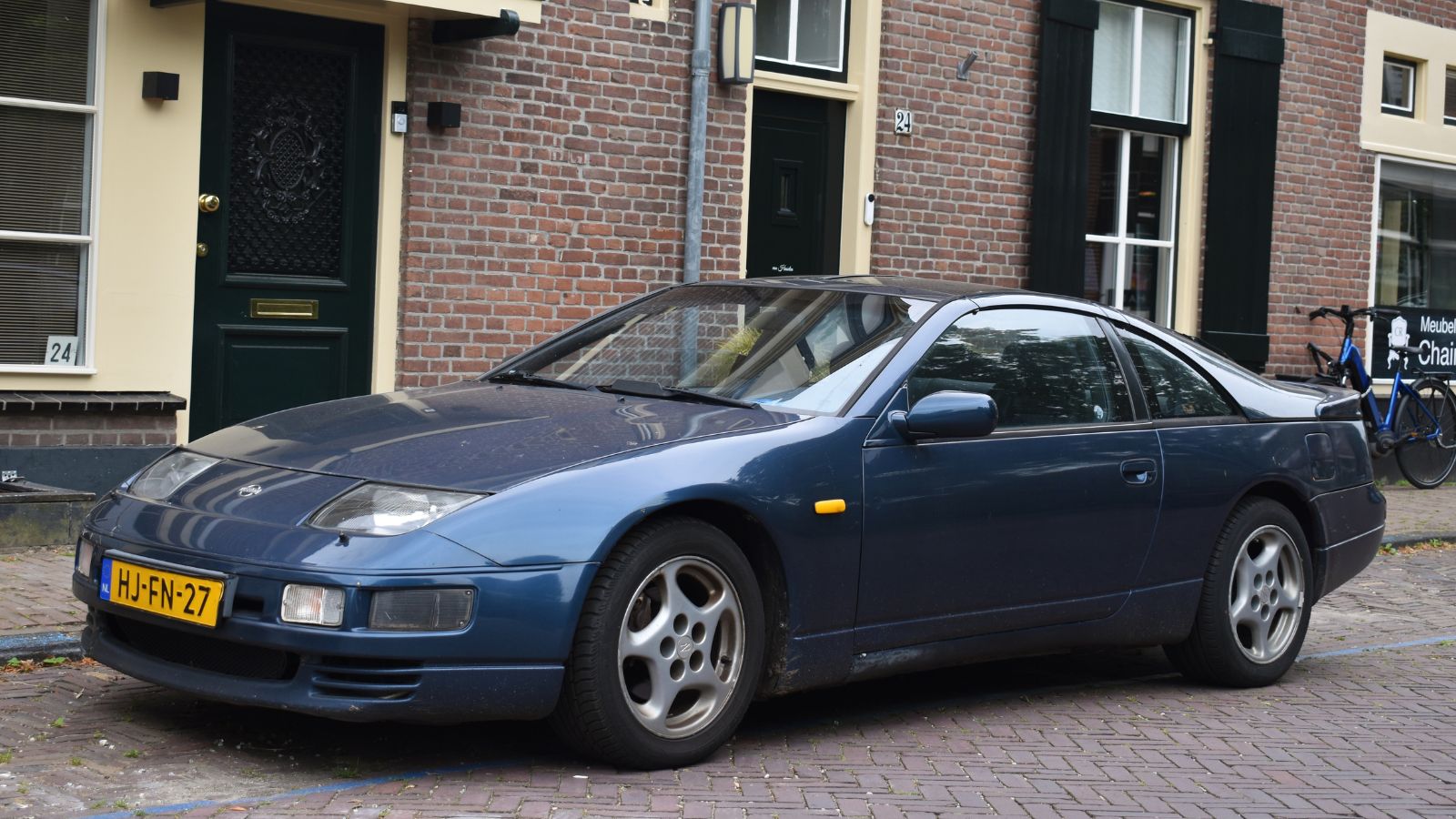
Overshadowed by its siblings, the 240Z and the 350Z, the Nissan 300ZX is often the middle child no one talks about. Introduced in 1989, the Z32 featured a twin-turbocharged 3.0-liter V6 engine that produced 300 horsepower, propelling the car from 0 to 60 mph in just 5 seconds—impressive. Its advanced multi-link suspension and near-perfect weight distribution made it a formidable competitor in motorsports, particularly in the IMSA and SCCA racing series, where it frequently challenged more expensive European sports cars. On the road, the 300ZX offered a blend of performance and luxury, with features like a driver-adjustable suspension and a sleek, aerodynamic design that still turns heads today.
Toyota MR2 (SW20)
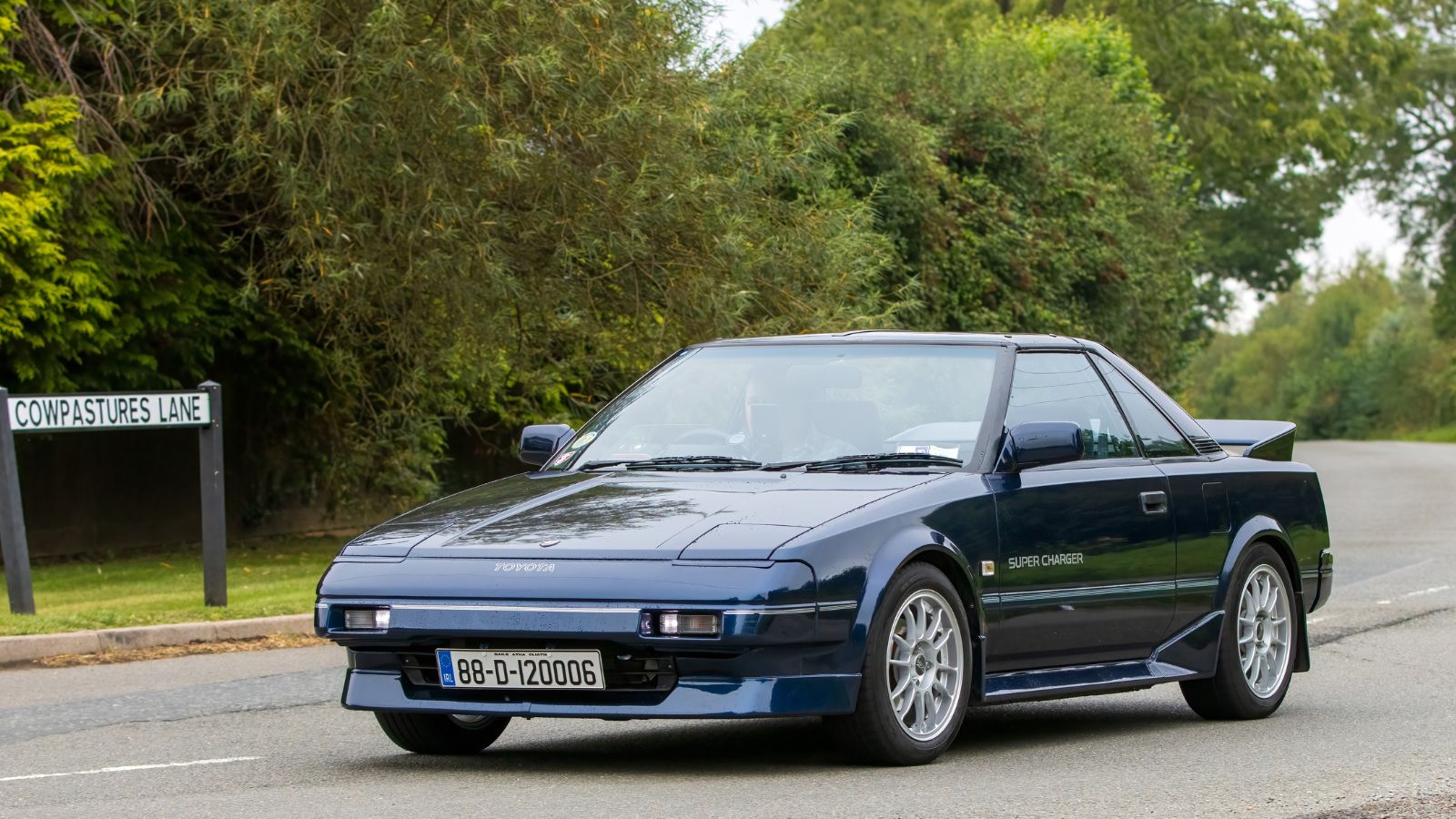
The Toyota MR2 might have been dubbed the “poor man’s Ferrari,” but nothing was poor about its performance. Its 2.0-liter turbocharged 3S-GTE engine produced 200-245 horsepower, enabling a 0-60 mph time of just 6.1 seconds. The mid-engine layout and lightweight design provided exceptional handling, making the MR2 a favorite in autocross and amateur racing circuits. It was agile and fun on the road, and on the track, it was a formidable competitor. With its lightweight design and sharp handling, the MR2 became a favorite in grassroots motorsports, proving that you didn’t need to be rich to drive like a pro.
Porsche 944 Turbo
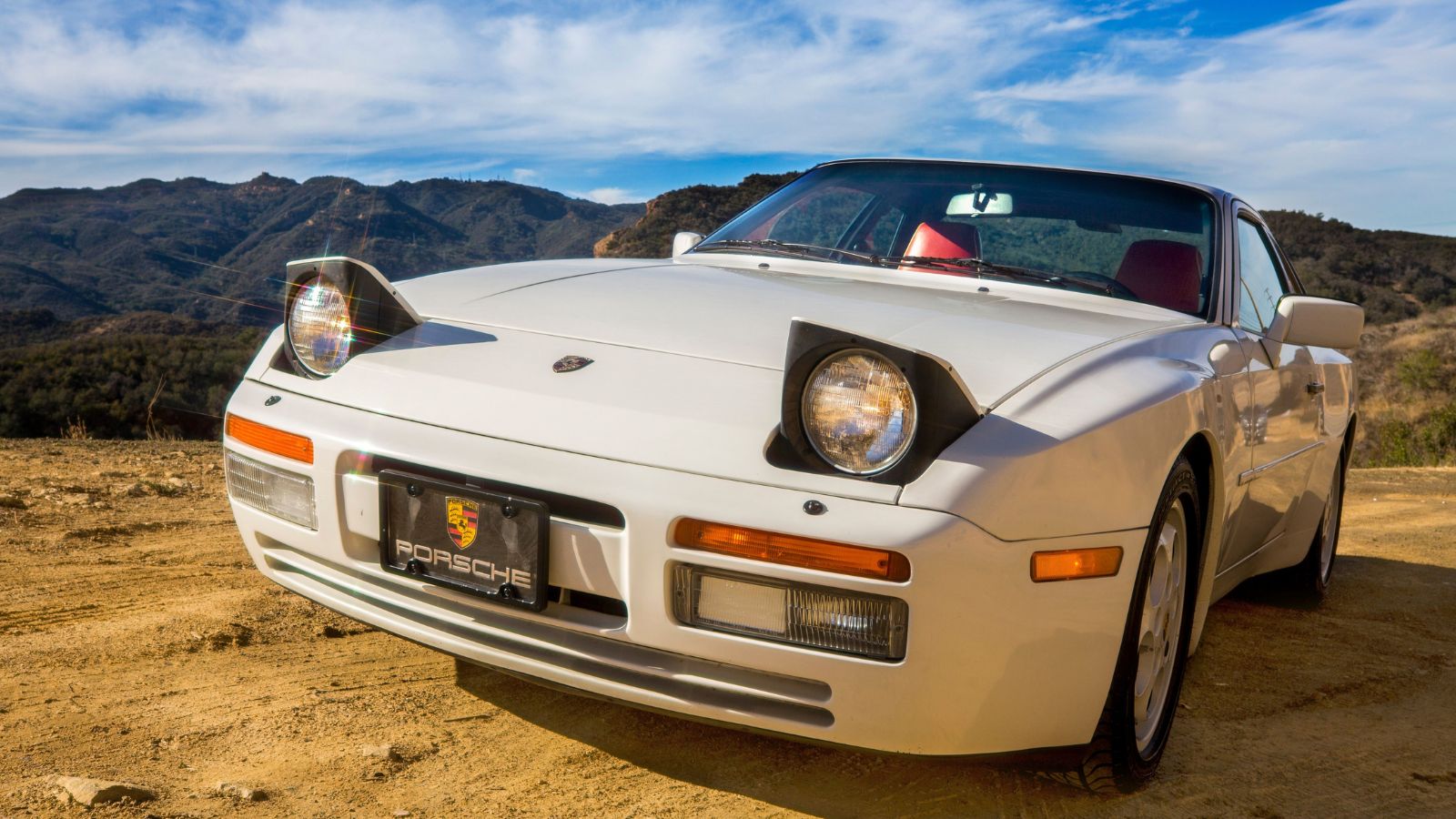
When people think of Porsche, they usually think of the 911. But the 944 Turbo deserves a spot in the limelight. This front-engined, rear-wheel-drive sports car was a departure from Porsche’s traditional formula, but it worked brilliantly. The 944 Turbo S saw engine power upgraded to 250PS, shaving another 0.4 seconds off the 0-100km/h time to 5.9 seconds. The official top speed was 261km/h, making the Porsche 944 Turbo S the world’s fastest four-cylinder production car then. Its balanced chassis and excellent steering made it a driver’s delight, and despite being overshadowed by its rear-engine sibling, the 944 Turbo earned its stripes as a genuine Porsche.
Mitsubishi 3000GT VR-4
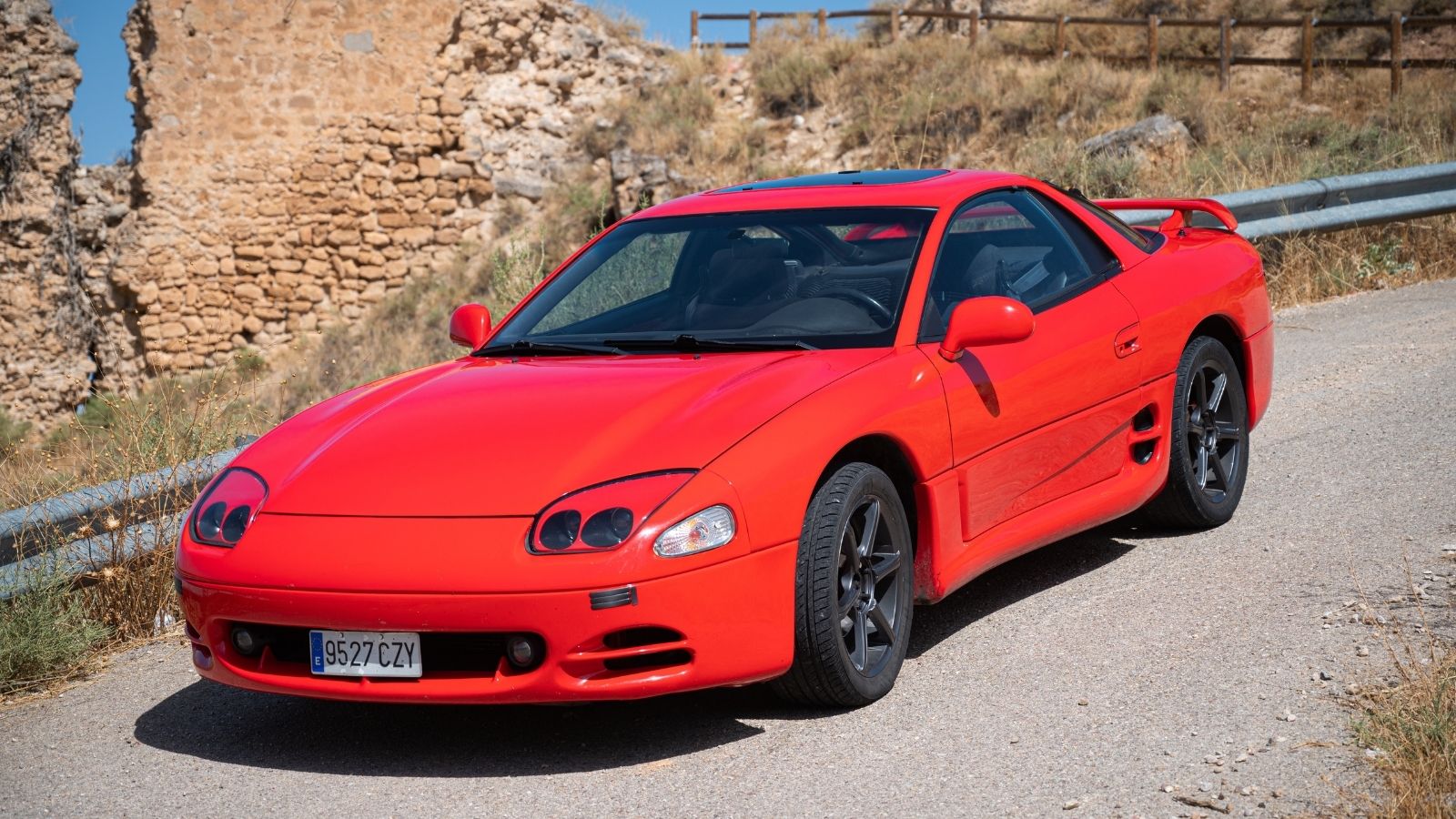
In the early 90s, Mitsubishi decided to throw every piece of technology into one car, resulting in the 3000GT VR-4. The car had the same engine configuration throughout its nine model years in the United States. Power was derived from a 3.0-liter transversely mounted DOHC 6G72 V-6 augmented by a set of twin Mitsubishi-built TD04-09B turbochargers that produced 320 hp and 315 lb.-ft of torque. It was a dream car on paper, but its heavy weight and complex systems made it a handful on the road. However, on the racetrack, the 3000GT VR-4’s power and grip allowed it to punch above its weight, earning it a reputation as a technological tour de force.
Datsun 510
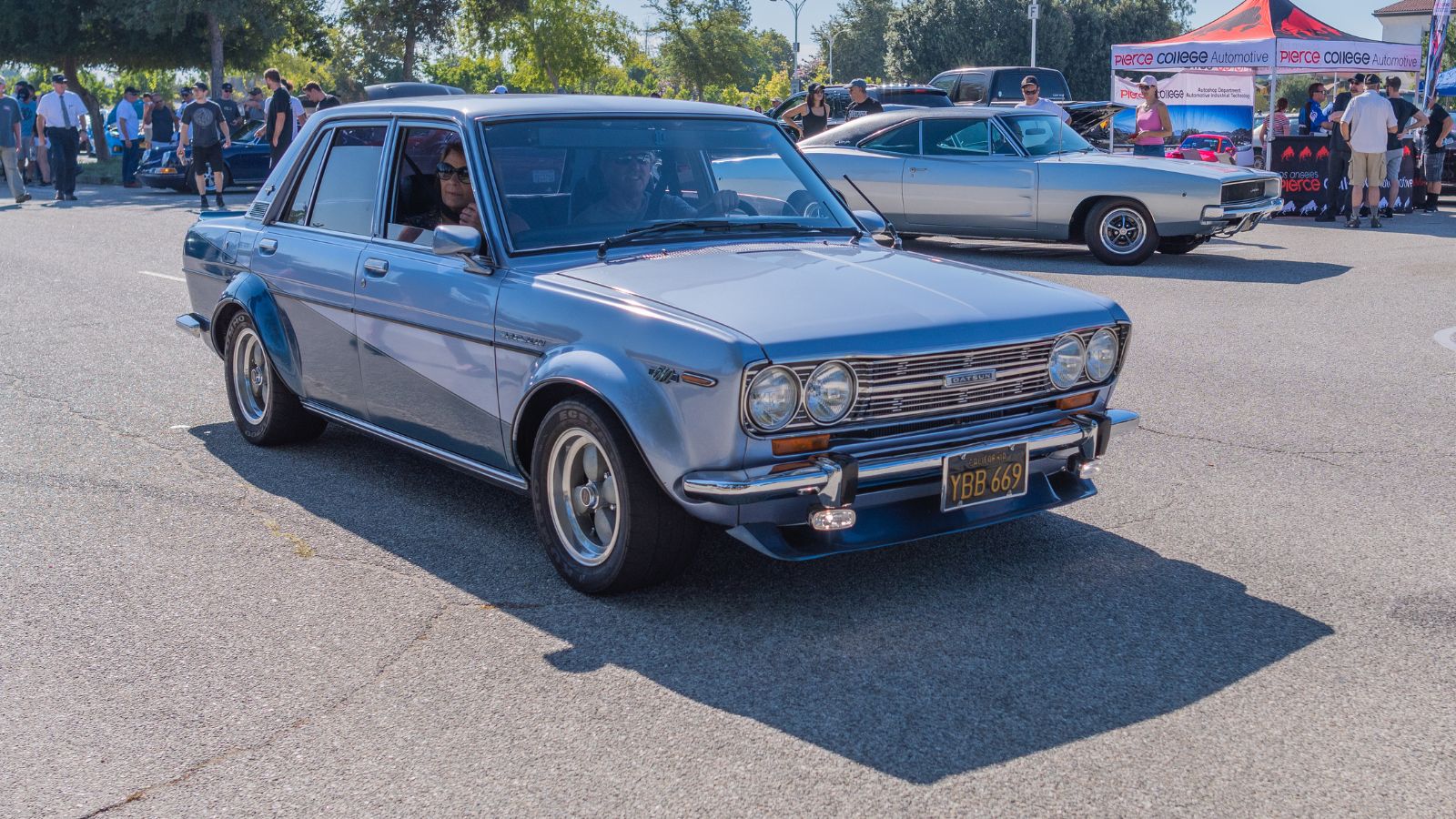
The Datsun 510 may look like your grandma’s grocery-getter, but this unassuming sedan was a giant slayer in disguise. Known as the “poor man’s BMW,” the 510 descended from the Bluebird series in Japan and arrived in the U.S. in 1968. Attractive and fun-to-drive, yet economical to own, it was offered initially as a sedan and a wagon. A two-door coupe joined the lineup later. Datsun 510 – available as a four-door sedan, station wagon, or two-door coupe. On the track, the 510 punched well above its weight, taking on more powerful cars and often coming out on top. Its success in motorsports, particularly in SCCA racing, cemented its status as a legend among those who knew what it was capable of.
Lotus Esprit S4

The Lotus Esprit S4 might be best known as James Bond’s underwater car, but it was more than just a movie prop. What made the Esprit S4 a legend on the track was its superb handling, thanks to its low center of gravity, rear-wheel drive, and finely tuned suspension. Off the track, the Esprit S4’s sharp, wedge-shaped design, famously penned by Giorgetto Giugiaro, made it a head-turner everywhere it went. It wasn’t just another pretty face; its combination of agility and power earned it respect among drivers and enthusiasts, solidifying its place as one of its era’s most iconic sports cars.
Alfa Romeo GTV6
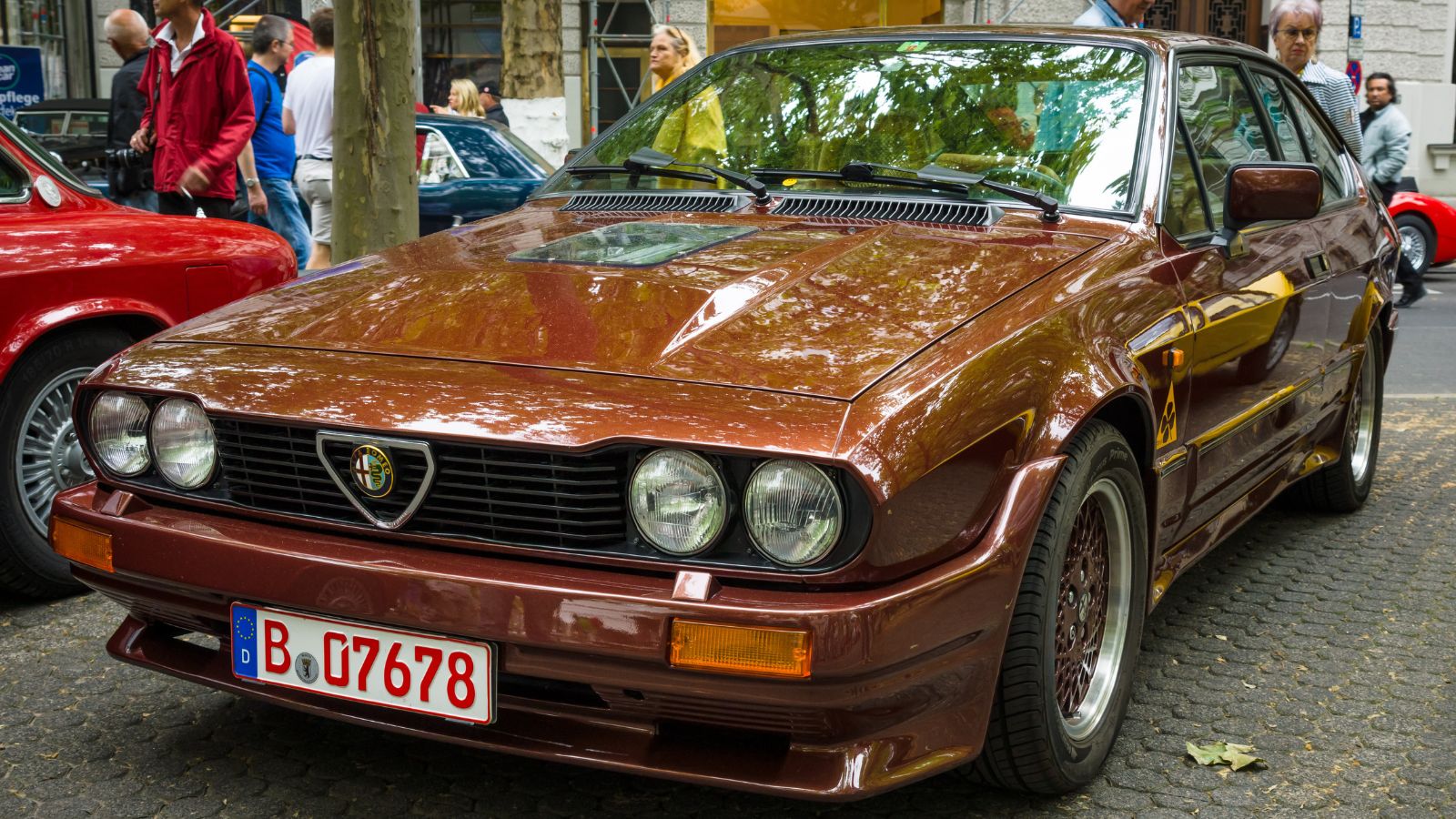
Alfa Romeo has always been known for making cars as temperamental as beautiful, and the GTV6 was no exception. The car was produced from 1981 through 1986. It had a V6 single-overhead-cam engine and was mated to a five-speed manual gearbox. Disc brakes were found on all four corners, and steering was by rack-and-pinon. The GTV6 was a dark horse on the track, often surprising competitors with its speed and agility. It may not have been the most reliable car, but when running right, the GTV6 was a joy to drive on and off the racetrack.
Ford Sierra RS Cosworth
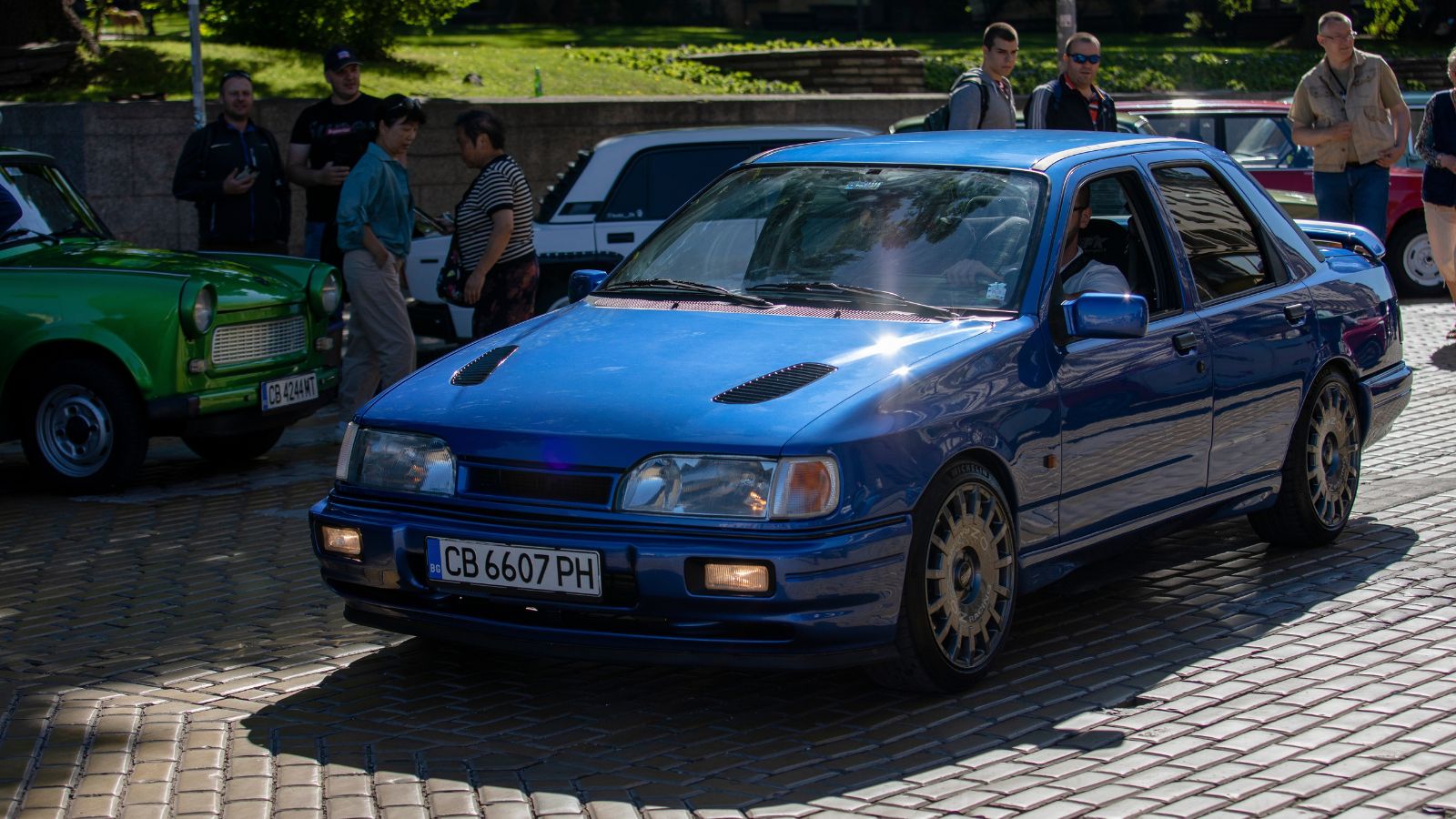
The Ford Sierra RS Cosworth was a homologation special built to dominate rally stages, but it was just as capable on the road. Unlike the original 1986 Sierra Cosworth and the 1987 ‘holy grail’ RS 500, the Ford Sierra Sapphire RS Cosworth 4×4 was a more subtle 4-door affair, which came along with the Sierra’s facelift. It did well at rallying but wasn’t as successful as the track RS 500. However, it formed the foundation for the more successful Ford rally car, the Escort Cosworth, which came along in 1992. In motorsports, the Sierra Cosworth became a legend, and on the streets, it was the car that every boy racer dreamed of owning.
Honda S2000
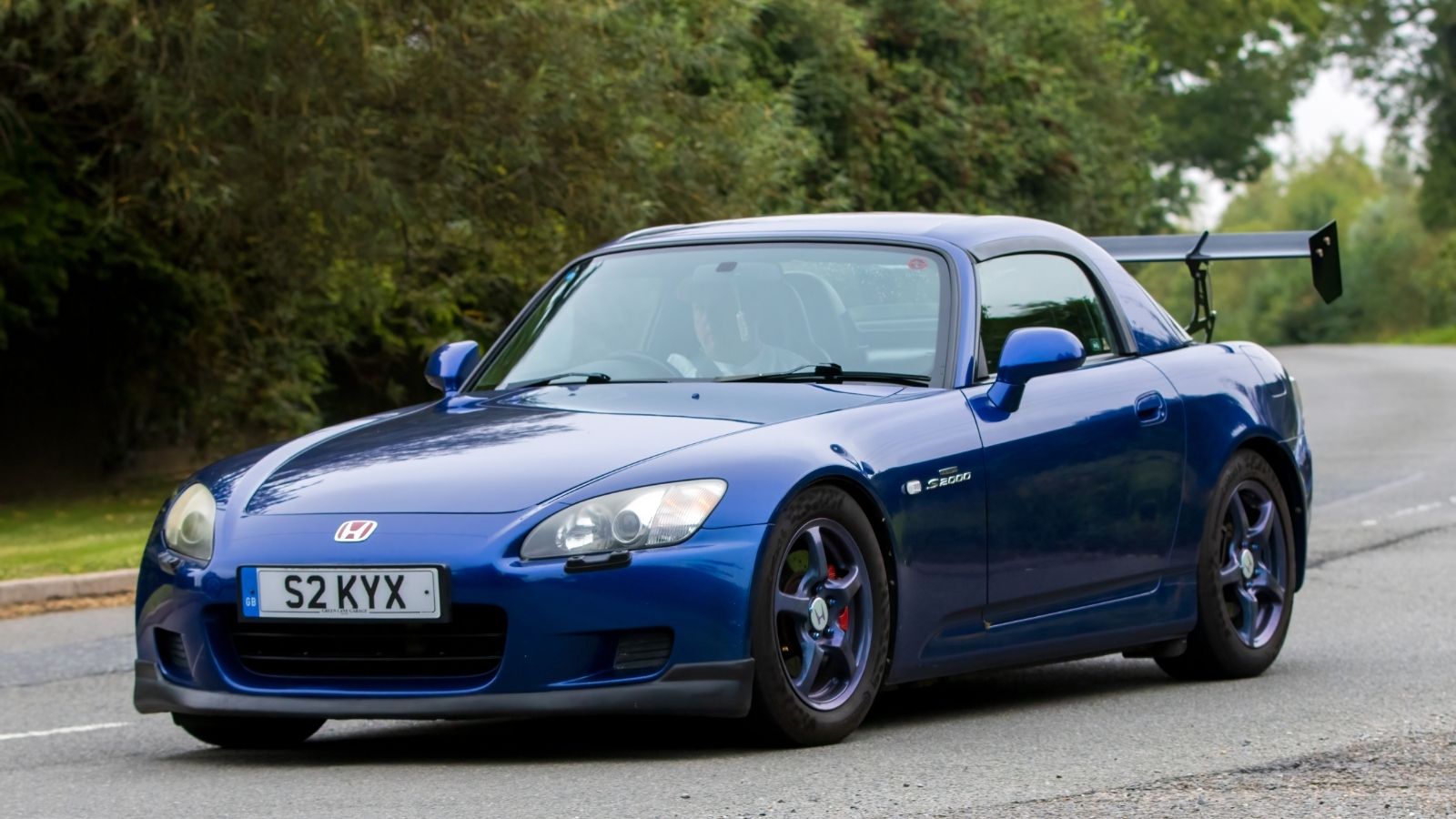
The Honda S2000 was a car that defied expectations. Launched in 1999 to celebrate Honda’s 50th anniversary, the S2000 featured a 2.0-liter naturally aspirated engine (codenamed F20C) that produced 240 horsepower, a remarkable figure for its size. This engine, renowned for its ability to rev up to 9,000 RPM, set a world record for the highest specific output of any naturally aspirated production car engine at the time, delivering 120 horsepower per liter. The S2000’s lightweight chassis, perfect 50/50 weight distribution, and precise steering made it a joy to drive, whether carving through mountain roads or taking on corners at the racetrack. Today, the S2000 remains an icon, celebrated for its performance, purity, and enduring appeal.
Renault Clio V6
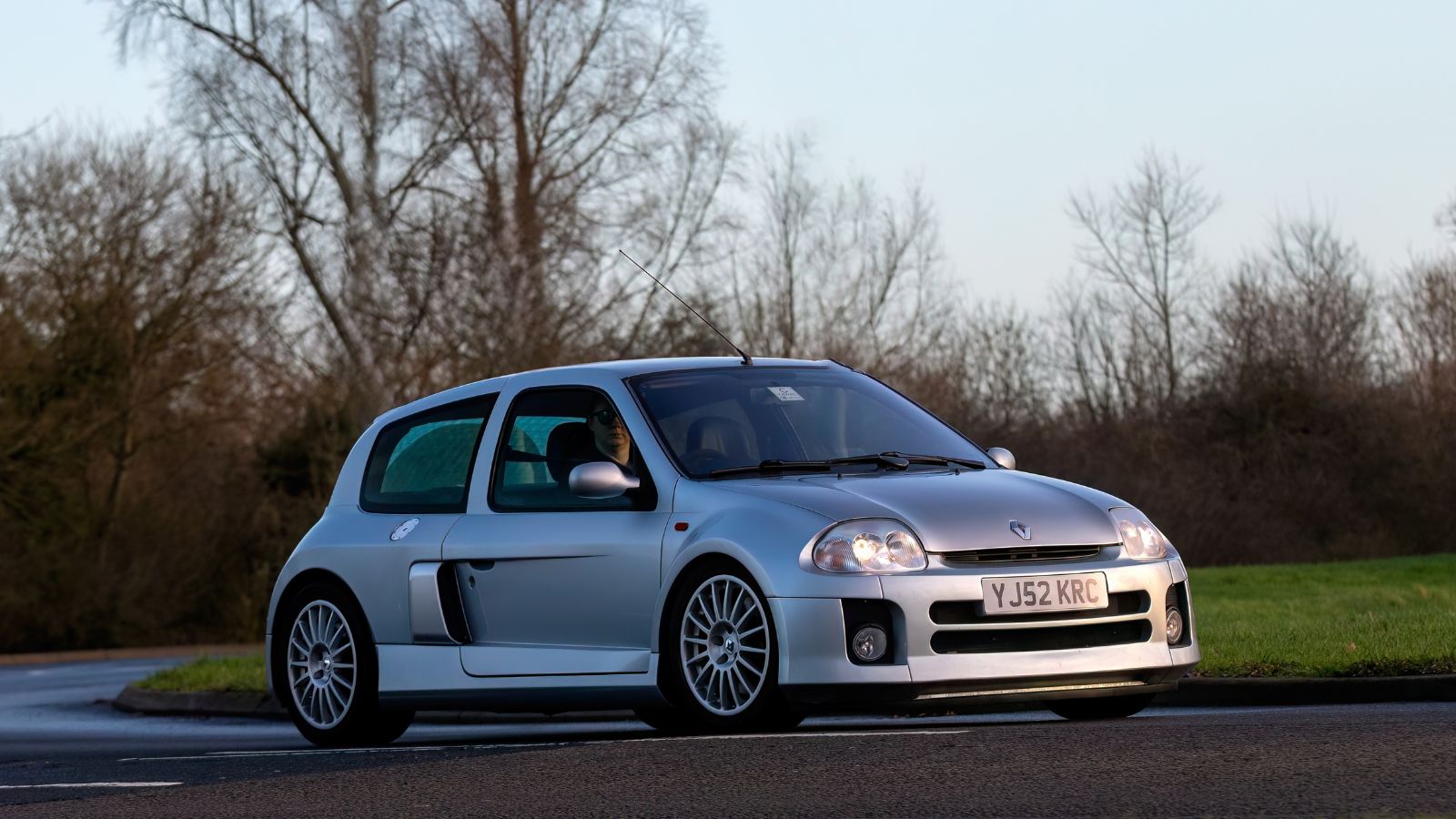
Take a small, unassuming hatchback, rip out the back seats, and stuff a V6 engine where the groceries used to go—that was Renault’s recipe for the Clio V6. This mid-engined, rear-wheel-drive pocket rocket was as crazy as it sounds, and on the racetrack, it was an absolute riot. The Clio V6’s short wheelbase and powerful engine made it a handful to drive, but in the right hands, it was a weapon. Though it never achieved much mainstream success, the Clio V6 remains one of the most unique and underrated sports cars ever built.
Saab 900 Turbo
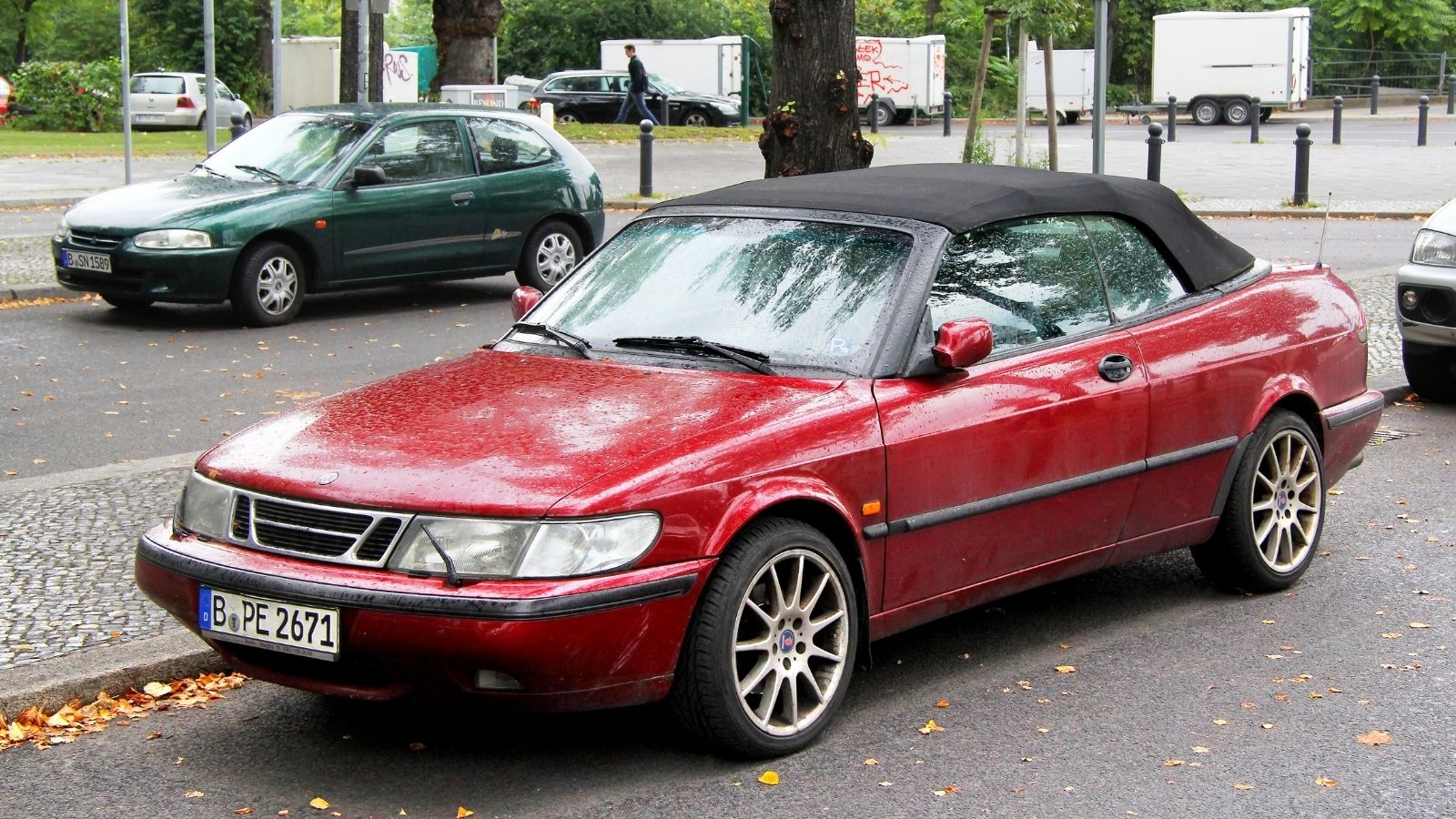
Saab isn’t exactly known for building sports cars, but the 900 Turbo was an exception. Known for its distinctive Scandinavian design and front-wheel-drive layout, the 900 Turbo combined practicality with performance. Its turbocharged 2.0-liter engine produced around 160 horsepower, which was impressive for its time, propelling the car from 0 to 60 mph in just under 8 seconds. Its handling set the 900 Turbo apart; despite being front-wheel drive, it was incredibly agile, thanks to its unique double-wishbone suspension and responsive steering. On the racetrack, the 900 Turbo surprised many with its ability to outmaneuver rear-wheel-drive rivals, especially in wet conditions where its traction advantage shined. It was a comfortable, reliable daily driver with an iconic hatchback design off the track, making it a true legend.
11 Cars that are Known for Breaking Down Regularly

No car company wants to deliver a dud. However, even though companies try their best to deliver excellent cars, some cars turn out to be lemons, breaking down frequently. This creates problems for both the consumer and the manufacturer.
11 Cars that are Known for Breaking Down Regularly
